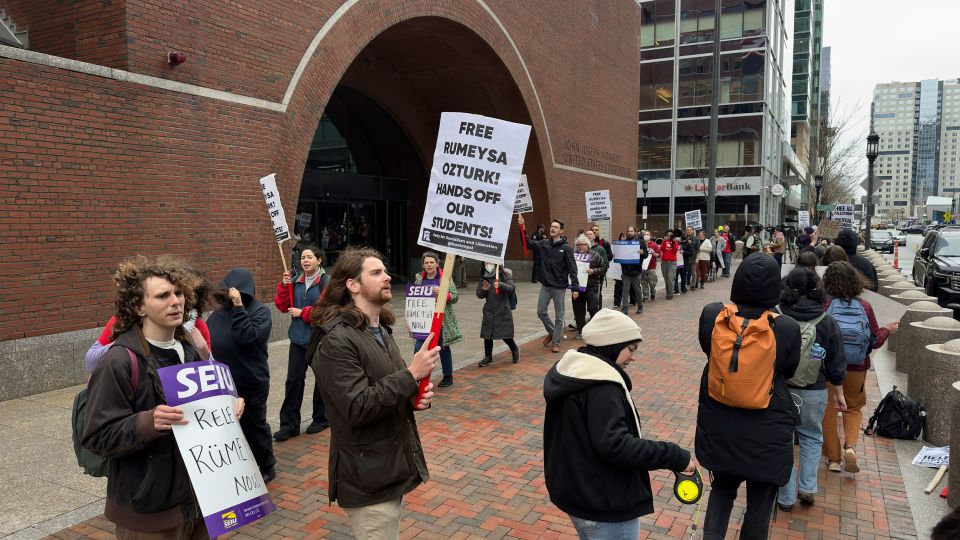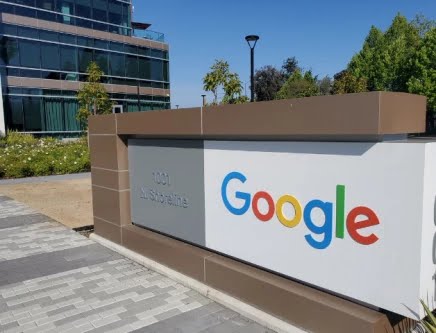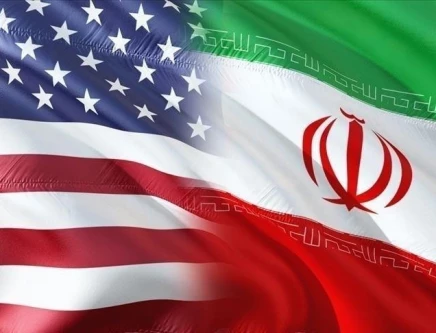For hundreds of thousands of people every year who dream of studying or researching in the United States, a student visa is the golden ticket.
Now, for hundreds of people already at US colleges and universities, it is turning into a one-way ticket back to their home countries as President Donald Trump’s administration continues an aggressive effort to revoke visas and push academics out of the country – whether voluntarily or in handcuffs.
Visa programs in the US are complicated, with many requirements and conditions, and the State Department says it has broad powers to terminate them.
How do student visas work?
Coming to the United States for anything but tourism usually means wading through an alphabet soup of visa types – more than two dozen for people who do not intend to become permanent residents of the US.
But only three apply to people from other countries who plan to study in the United States. An F-1 visa is used by students attending an academic institution like a high school or college. The much less common M-1 visa applies to students in a vocational program.
To accept students with those visas, an educational institution first must be certified by the Department of Homeland Security’s Immigration and Customs Enforcement unit, or ICE, through the Student and Exchange Visitor Program, known as SEVP.
In its disputes with Harvard University, the Trump administration has threatened to decertify the university from SEVP unless it agrees to give the Department of Homeland Security detailed disciplinary records on its international students – part of a broader White House effort to bring elite US colleges into lockstep with its political ideology. If Harvard is dropped from the program, it would not be able to accept students on an F-1 visa, with existing F-1 students traditionally allowed to seek a transfer to another US school.
Additionally, many people with educational plans come to the US on a J-1 “exchange visitor” visa. This path includes not just academic study but also a “cultural component” supervised by a US organization approved by the State Department, a list that includes thousands of educational institutions. Professors, researchers and physicians typically come to the US on a J-1 visa.
Although it comes with more strings attached than the F-1 visa, some students prefer the J-1 because it allows their spouses to work in the US, said Lisa Murray, exchange program director with the non-profit American Immigration Council.




